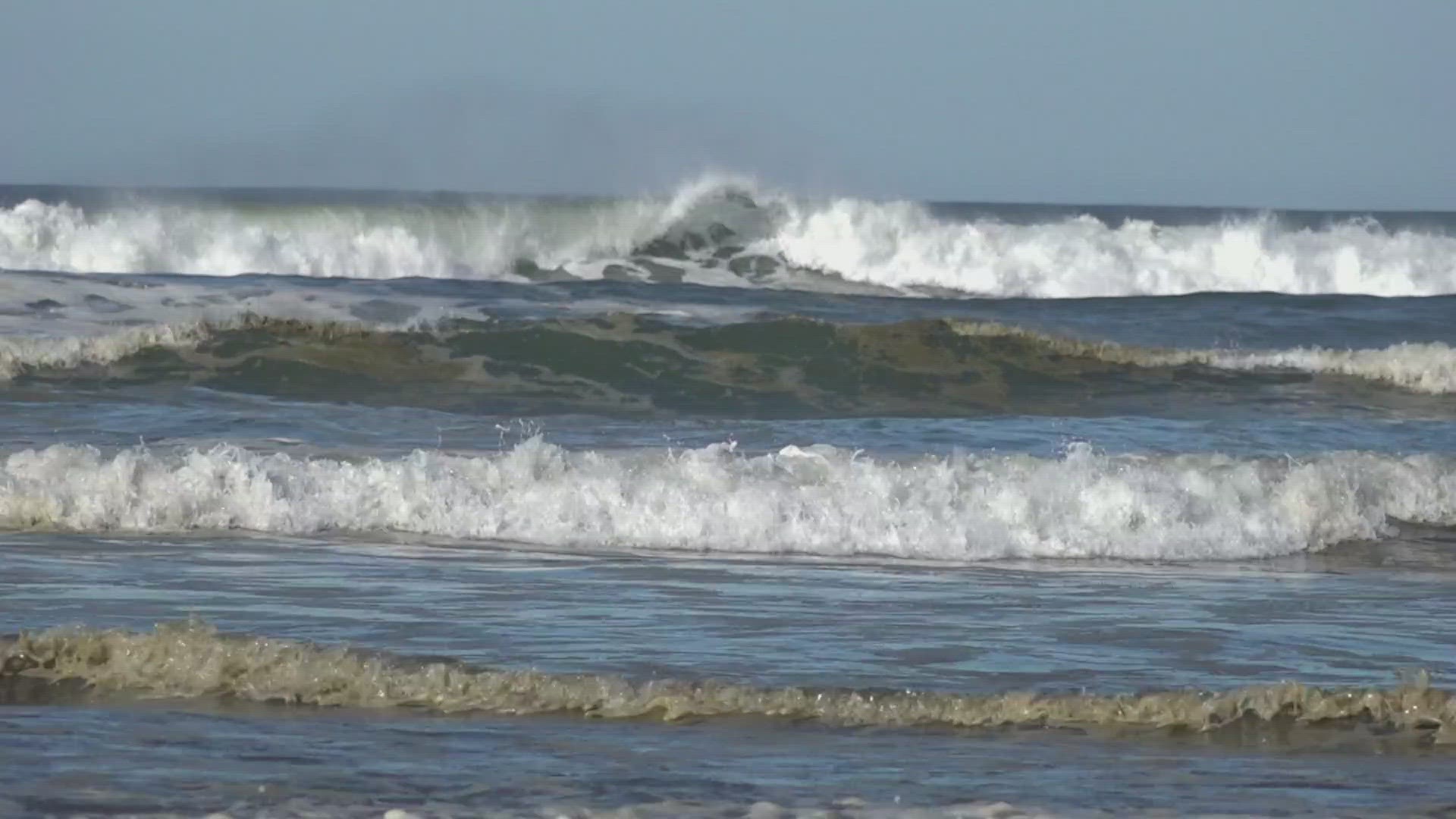OCEAN SHORES, Wash. — Significant work has been done in recent years to prepare coastal communities for the threat of tsunamis, but Commissioner of Public Lands Hilary Franz said there's still a lot to do — and is hopeful more federal funding will help make it happen.
"It's not if, it's when, and we are in that window; every 300-500 years there is an earthquake and major tsunami and we are in it right now and it could happen any day," Franz said.
There are several agencies that work to promote tsunami preparedness. The Federal Emergency Management Agency (FEMA) has been awarding funding for tsunami towers, including the recent announcement of a grant to build one in Westport. The Shoalwater Bay Indian Tribe unveiled a tribal-led, FEMA-funded tower in 2022.
But there are still many areas where people would have to travel far to get to higher ground. The Washington Military Department prepares tsunami education and collaborates with communities to get the word out and the National Oceanic and Atmospheric Administration (NOAA) coordinates monitoring activities and runs several programs to promote safety.
For its part, the Washington Department of Natural Resources has been doing modeling and mapping to learn where tsunamis would be most impactful, where people should go to get to safety, and what structures or mechanisms could be put in place to save lives.
"We're seeing more and more people move out to this beautiful coast to enjoy it not just recreate but live here, we're seeing an increase in population and in the case of earthquakes and tsunamis, we're going to see more risk," Franz said.
In a one-page brief, the Department of Natural Resources (DNR) said it currently performs important mapping using funding passed through the WA Emergency Management Division appropriated through the National Tsunami Hazard Mitigation Program. DNR said it's essential that money be maintained. Congressional officials for Washington say they expect it will be, but all money is dependent on the current appropriations process.
"We have utilized the money we've had in the past few years to map the areas with the highest population centers, like Ocean Shores, like Long Beach, but there's communities up and down the entire coastline that we haven't yet mapped just because we haven't had the resources and time," Franz said.
In a letter to NOAA, Franz asked for more funding overall for Washington state, writing that while past levels have been crucial, they've covered "a small fraction of tsunami hazard identification, assessment and mitigation work needed in Washington state."

